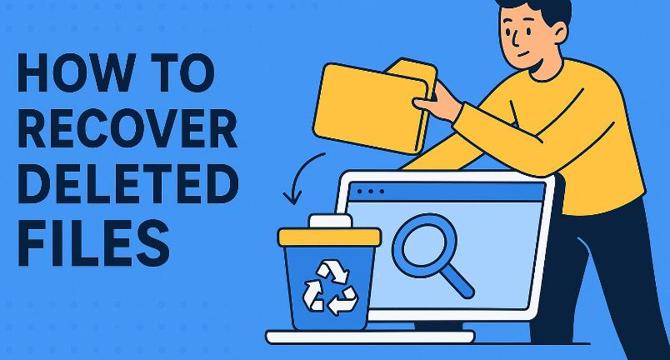Designbeep
3d
175

Image Credit: Designbeep
How To Recover Deleted Files: From Panic to Relief
- When files are deleted, the data remains intact on the storage device until overwritten, offering hope for recovery if acted upon quickly.
- Stopping computer usage immediately after deletion can prevent overwriting deleted data and enhance recovery chances.
- Built-in options like Windows Recycle Bin, File History, macOS Trash, and Time Machine offer initial recovery possibilities for users.
- Linux users can check desktop environments for trash functionality or utilize command-line tools for recovery.
- Specialized recovery software like Recuva, PhotoRec, TestDisk, R-Studio, and GetDataBack aid in recovering deleted files from various devices.
- For mobile devices, recovery process differs for Android devices with SD cards and internal storage on Android and iOS with cloud backup services.
- Preventing data loss through robust backup systems is emphasized, with the 3-2-1 rule and automated cloud and local backup solutions suggested.
- In cases of physical damage or unusual behavior of storage devices, seeking professional data recovery services is recommended.
- Recovery success factors include time since deletion, usage of storage device post-deletion, storage technology, and file size.
- While recovery can be challenging, setting up a backup system and acting promptly post-deletion can enhance chances of successful recovery.
- Every data loss situation is unique, and patience, understanding options, and quick action are key to navigating the path to file recovery.
Read Full Article
10 Likes
For uninterrupted reading, download the app